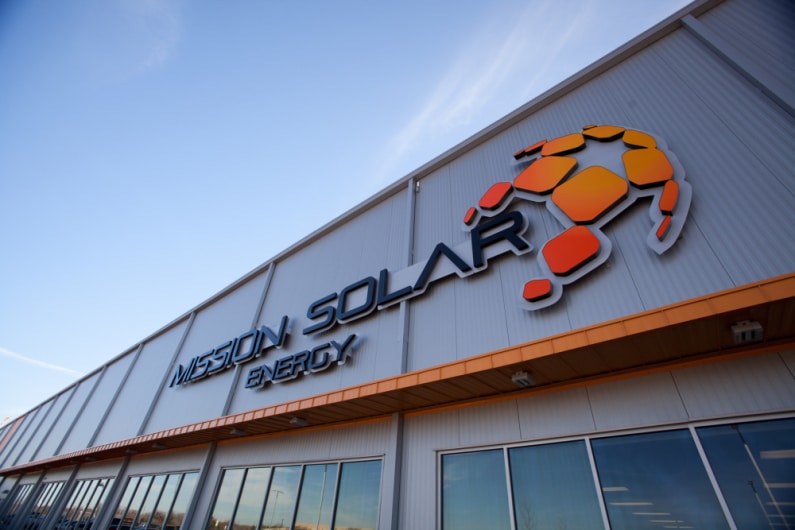It has been taken as an article of faith among opponents of solar tariffs that such action would not result in new cell and module manufacturing capacity. However, in the past three months pv magazine has reported five instances of either U.S. module manufacturing expansions or Asian companies planning to relocate factories in the United States.
As the latest, sources have revealed to pv magazine that Mission Solar Energy will double its manufacturing capacity to 400 MW per year by installing module lines in a new facility in San Antonio, where its current module facility is located.
This will make Mission Solar Energy one of the largest module makers in the United States. Assuming the Tesla/Panasonic “gigafactory” in Buffalo ramps as planned, this would put Mission as the fourth-largest module maker in the nation, after Tesla/Panasonic, First Solar and SolarWorld.
It may be tied for this position assuming that China Sunergy finishes the module factory it announced a year ago; however the company has not responded to pv magazine requests for information as the progress of this facility.
The move by Mission to add more module lines follows on its announcement shortly after the Section 201 decision that it was hiring 50 workers so as to reach its full 200 MW of module capacity. It also follows on the company securing a supply contract to PetersenDean Roofing and Solar.
The company has not revealed any plans to make cells, as it previously did before shutting down its cell lines. Instead, Mission should be able to take advantage of the exemption in the Section 201 tariffs for the first 2.5 GW of imported cells, which is far more than is needed for all existing U.S. module makers.
This content is protected by copyright and may not be reused. If you want to cooperate with us and would like to reuse some of our content, please contact: editors@pv-magazine.com.









By submitting this form you agree to pv magazine using your data for the purposes of publishing your comment.
Your personal data will only be disclosed or otherwise transmitted to third parties for the purposes of spam filtering or if this is necessary for technical maintenance of the website. Any other transfer to third parties will not take place unless this is justified on the basis of applicable data protection regulations or if pv magazine is legally obliged to do so.
You may revoke this consent at any time with effect for the future, in which case your personal data will be deleted immediately. Otherwise, your data will be deleted if pv magazine has processed your request or the purpose of data storage is fulfilled.
Further information on data privacy can be found in our Data Protection Policy.